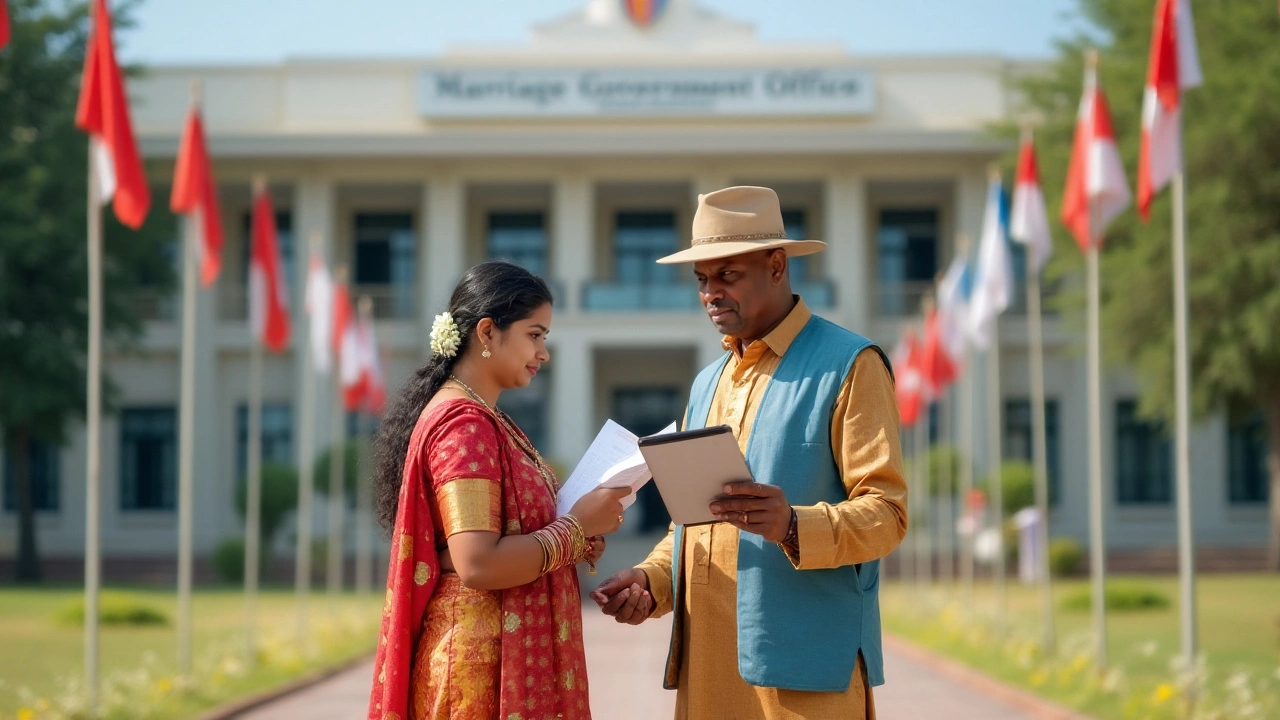India Marriage Laws: Your Practical Guide to Marriage, Divorce & Recent Changes
Thinking about tying the knot or wondering how to end a marriage in India? You’ve landed in the right spot. Below we break down the most important rules you’ll face, from signing the marriage register to navigating the quickest divorce routes. No legal jargon, just clear steps you can follow.
Getting Married Legally in India
The first step is choosing the law that fits your situation. Most Hindus, Buddhists, Jains and Sikhs follow the Hindu Marriage Act, while people from other faiths or inter‑faith couples often use the Special Marriage Act. Both require you to be at least 18 (women) or 21 (men) and not closely related—think siblings, parents, or uncles/aunts.
Registration is simple: you fill out a notice form, wait 30 days for any objections, then sign the marriage certificate in the presence of a marriage officer. Keep a copy of the certificate; you’ll need it for everything from bank accounts to passport changes.
Special cases, like a second marriage, need a divorce decree or death certificate of the previous spouse. Remember, bigamy is a crime, so make sure your first marriage is legally over before you sign a new one.
Divorce: What You Need to Know
Divorce in India isn’t instant, but the law offers several pathways that can speed things up. The most common is **mutual consent divorce**. Both spouses file a joint petition, wait the standard 6‑month cooling‑off period, and then the court can grant a decree. In 2025, courts started allowing a waiver of the cooling‑off if both parties agree it isn’t needed, shaving off months from the timeline.
If one side refuses, you’ll need a **contested divorce**. Grounds include cruelty, desertion, adultery, or a failure to live together for a year. The process can stretch longer, often requiring proof and multiple hearings.
Many wonder about the “one‑year separation” rule. Since the 2025 amendment, a one‑year separation is **not mandatory** for mutual consent. However, the court still looks for evidence that the marriage has truly broken down. If you can prove that, you may avoid the waiting period entirely.
Other fast‑track options include **annulment** (if the marriage was never valid) and **divorce on the grounds of not providing marital intimacy**—a rare but recognized ground, especially when a spouse consistently refuses sexual relations.
Regardless of the route, you’ll need these documents: marriage certificate, identity proof, address proof, and a **prayer petition** that states what you want (like alimony or child custody). Having everything ready can cut weeks off the process.
Our tag page pulls together articles that dive deeper into each of these topics. Whether you need a step‑by‑step guide on filing a mutual consent divorce, want to know if a one‑year separation is required, or are curious about the latest 2025 rule changes, you’ll find a post that matches your question.
Bottom line: marriage and divorce laws in India are clear once you know where to look. Register properly, keep your paperwork organized, and choose the divorce route that matches your situation. With the right info, you can handle both the happy and tough moments without getting lost in legal red tape.

Registering a Foreign Marriage in India: What You Need to Know
When marrying abroad, Indian citizens often wonder if they need to register their marriage in India. Understanding whether your foreign marriage holds legal recognition under Indian law is crucial. This article delves into the essentials of registering an overseas marriage in India, highlights the requirements, and discusses potential legal and cultural implications. For Indians living overseas or NRIs, this guidance helps clarify common concerns about legal obligations and recognition of marriages performed in different countries.